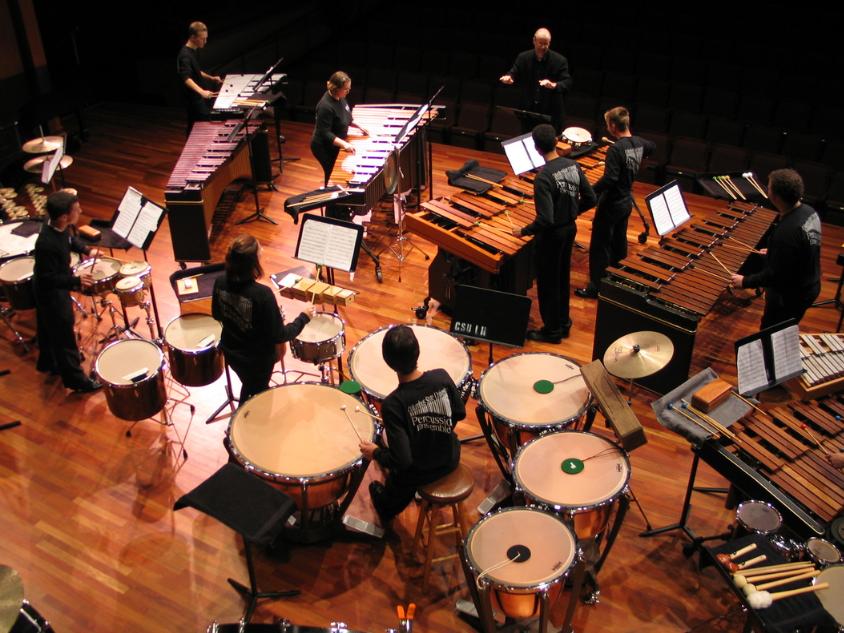Percussion instruments are a vital part of music across cultures and genres. They produce sound when struck, shaken, or scraped, making them incredibly diverse and versatile. From the deep resonances of drums to the delicate tones of cymbals, these instruments create rhythm and texture in musical compositions.
This blog will explore the types, history, playing techniques, and the role of percussion instruments in various music styles.
Types of Percussion Instruments
Percussion instruments can be broadly categorised into two main groups: tuned and untuned. Tuned instruments, like marimbas and xylophones, produce specific pitches and are often used in melodic contexts. Untuned percussion instruments, such as drums and tambourines, do not have a definite pitch but contribute to the rhythm and dynamics of music. Each type serves a unique purpose, enriching the overall sound of a musical ensemble.
The History of Percussion Instruments
The history of percussion instruments dates back thousands of years. Ancient civilisations used simple objects like sticks and stones to create rhythm, evolving into more sophisticated instruments over time. Drums, for instance, have been found in archaeological sites worldwide, showcasing their importance in rituals and celebrations. The evolution of percussion instruments reflects changes in culture and technology, leading to the diverse array of instruments we have today.
Playing Techniques
Mastering percussion instruments requires various techniques, from striking and shaking to brushing and rolling. Each instrument demands different approaches to achieve its unique sound. For example, hand percussion instruments like congas and bongos require skilled finger techniques to produce intricate rhythms. Understanding these techniques is crucial for any aspiring percussionist, as they form the foundation of musical expression and creativity.
The Role of Percussion Instruments in Music
Percussion instruments play a significant role in shaping the sound and feel of music across genres. In classical music, they provide a rhythmic backbone, while in jazz and rock, they often take centre stage, driving the tempo and adding energy. Additionally, they are essential in world music, contributing to cultural identity and expression. Their ability to evoke emotion and enhance storytelling makes percussion instruments indispensable in the music world.
Percussion instruments are more than just tools for creating sound; they are vital components of musical artistry. Understanding their types, history, playing techniques, and roles in various genres can deepen music appreciation. Whether you are a musician or a listener, the diverse sounds of percussion offer a unique auditory experience that enriches our lives.
